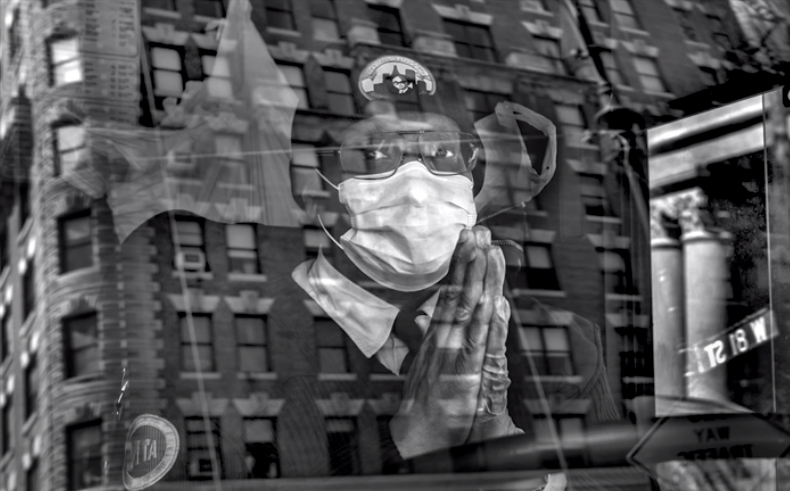The days are getting longer in more ways than one. Spring has brought us more hours of sunlight. The shutdown has made each hour inside seem even longer. Our brothers and sisters in the pandemic’s hot spots have it way worse and this is why we start this month’s issue with a truly moving piece of work by world renown photojournalist Peter Turnley. Also in this issue we see how non-normal equipment can give your photography the creative boost it may need. We take a look at in-the-moment shooting by pointing you to a camera update that may have you feeling like Bresson. We also reveal some hidden National Parks and link you to the Big Kahuna photo contest of the year. Let’s get going!
The Human Side Of A Pandemic By Peter Turnley
The bulk of Covid-19 coverage is about the disease itself. The morbid statistics delivered on the news are numbing, eventually leaving you to somehow distance yourself from feeling the tragedy of the situation. It takes one of the world’s finest photojournalists to break through the cloud of distasteful information and create a connection with the people living in the epicenter of the outbreak. Peter Turnley connects you to the story of living life in New York City right now with empathetic compassion and sophisticated artistry in his video The Human Face Of Covid-19-New York City. You just have to see it. It lifts you.
Turnley is the right photographer for the times. His photography lives inside the human condition. His work made the cover of Newsweek 43 times. For gear Turnley used his Leica M10 camera with a Summilux 35 F1.4 lens to get you close to his subjects while simultaneously capturing their environment. There is so much going on in these images that, in total, they constitute a master class in composition. It’s the way the Leica was meant to be used. Take in this video on YouTube and visit his website to learn more about this remarkable talent.
See the video HERE.
Visit Turnley’s website HERE.
Gear That Can Change Your Photographic Life
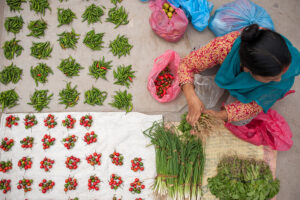 Will a zoom lens make you lazy? Will a zoom stunt your photographic development? It just might. Try ditching your zoom, pick out a prime lens you think will do the job in most cases and live with it for a while. You may find yourself moving around a lot more to frame your image the way your mind’s eye sees it and, that’s a good thing. But, which prime lens do you pick? Did you know that Henri Cartier Bresson (HCB) most frequently used a 50mm, even though his compositions looked like they were shot with a 35mm. The photographer in this article went with a 35mm.
Will a zoom lens make you lazy? Will a zoom stunt your photographic development? It just might. Try ditching your zoom, pick out a prime lens you think will do the job in most cases and live with it for a while. You may find yourself moving around a lot more to frame your image the way your mind’s eye sees it and, that’s a good thing. But, which prime lens do you pick? Did you know that Henri Cartier Bresson (HCB) most frequently used a 50mm, even though his compositions looked like they were shot with a 35mm. The photographer in this article went with a 35mm.
See how a 35mm prime lens worked out HERE.
The Most Capable Prime Lens Carry-Everywhere Camera?
 If you’re getting that HCB feeling right now. That’s a good thing, especially if you’re pining for a Leica with a prime lens but can’t afford one. Flirting with icon status is the Fuji X100V. Its form factor is small and concise. The images it produces are fantastic. Learn more about it in this excellent DPReview piece.
If you’re getting that HCB feeling right now. That’s a good thing, especially if you’re pining for a Leica with a prime lens but can’t afford one. Flirting with icon status is the Fuji X100V. Its form factor is small and concise. The images it produces are fantastic. Learn more about it in this excellent DPReview piece.
Find the article HERE.
Six Weeks Of Award Winning Images – Sony World Photography Awards
The Sony World Photography Awards 2020 are the big kahuna in the year’s photo competitions. At once, a look at the finalists will inspire you, intimidate you and make you wonder “how did they do that?” The nice thing about the Sonys is they don’t just dump the winners on you. They spend weeks displaying the images that are in contention all the way up to the winner’s announcement on June 9.
Dive into some great images HERE.
How A Weird Lens Revived This Photographer
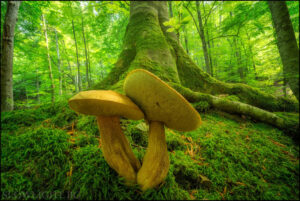 Landscape photography excited Hristo Svinarov for a long time. He shot a lot. He got good. Then, the excitement slowly dissipated bit by bit. It’s not an uncommon story for advanced amateurs and even pros. This is especially so in landscape photography where it’s been argued that virtually every shot has been taken. The reality is, it’s incredibly difficult to devise a new and unique landscape composition. When they hit the wall, some photographers switch genres. Some stop shooting. Read this article to see how a Hristo became revived.
Landscape photography excited Hristo Svinarov for a long time. He shot a lot. He got good. Then, the excitement slowly dissipated bit by bit. It’s not an uncommon story for advanced amateurs and even pros. This is especially so in landscape photography where it’s been argued that virtually every shot has been taken. The reality is, it’s incredibly difficult to devise a new and unique landscape composition. When they hit the wall, some photographers switch genres. Some stop shooting. Read this article to see how a Hristo became revived.
Read this article to see how a Hristo became revived HERE.
A New View Of An Iconic Landscape – Drone Photos Of Tuscany
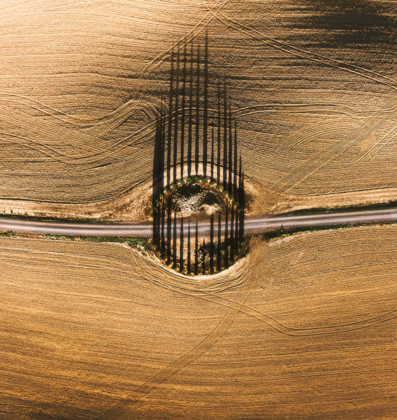 It’s rare to find a photographer who attacks an almost cliche subject from an entirely new perspective as did Hungarian freelancer Gabor Nagy. Traditional images of “Tuscany” are typically shot in a small section of the region known as Val D’Orca where the farming compounds are surrounded by sculpture like fields and dotted with Romano cypress trees. To get an idea of Nagy’s work imagine making one of those images but looking down like you’re a bird. Better yet check the images out for yourself.
It’s rare to find a photographer who attacks an almost cliche subject from an entirely new perspective as did Hungarian freelancer Gabor Nagy. Traditional images of “Tuscany” are typically shot in a small section of the region known as Val D’Orca where the farming compounds are surrounded by sculpture like fields and dotted with Romano cypress trees. To get an idea of Nagy’s work imagine making one of those images but looking down like you’re a bird. Better yet check the images out for yourself.
See what what a drone can add to your imaging making HERE.
So, What Is ISO?
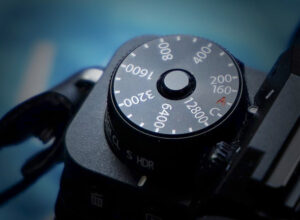 If you’ve been working under the assumption that ISO settings in your camera simply reflect increased amplification of the signal coming from your sensor’s pixels then, you’re wrong; sort of. ISO refers to the responsiveness of the entire image pipeline. ISO in a digital camera ties together the light hitting your sensor, the responsiveness of the sensor and the lightening effect on your image. We’ll stop there. If you want to dive into the details of ISO and how it affects your images we’ve got the right article for you.
If you’ve been working under the assumption that ISO settings in your camera simply reflect increased amplification of the signal coming from your sensor’s pixels then, you’re wrong; sort of. ISO refers to the responsiveness of the entire image pipeline. ISO in a digital camera ties together the light hitting your sensor, the responsiveness of the sensor and the lightening effect on your image. We’ll stop there. If you want to dive into the details of ISO and how it affects your images we’ve got the right article for you.
Check it out HERE.
8 National Parks To Visit In Spring That May Not Be On Your Radar
We’re going nuts staying close to home and foregoing new shooting possibilities. We’re starting to see some public parks start to loosen up. Some great, low traffic National Parks are highlighted in this article and may be some of the first to open. Most of them we didn’t know existed. Some parks appear to be partially open like Haleakala on Maui and Canyonlands in Utah. The article provides hot links to the official websites of the parks where you’ll find all the up-to-date opens and closures.
We bet you’ve never heard of most of these National Parks HERE.
